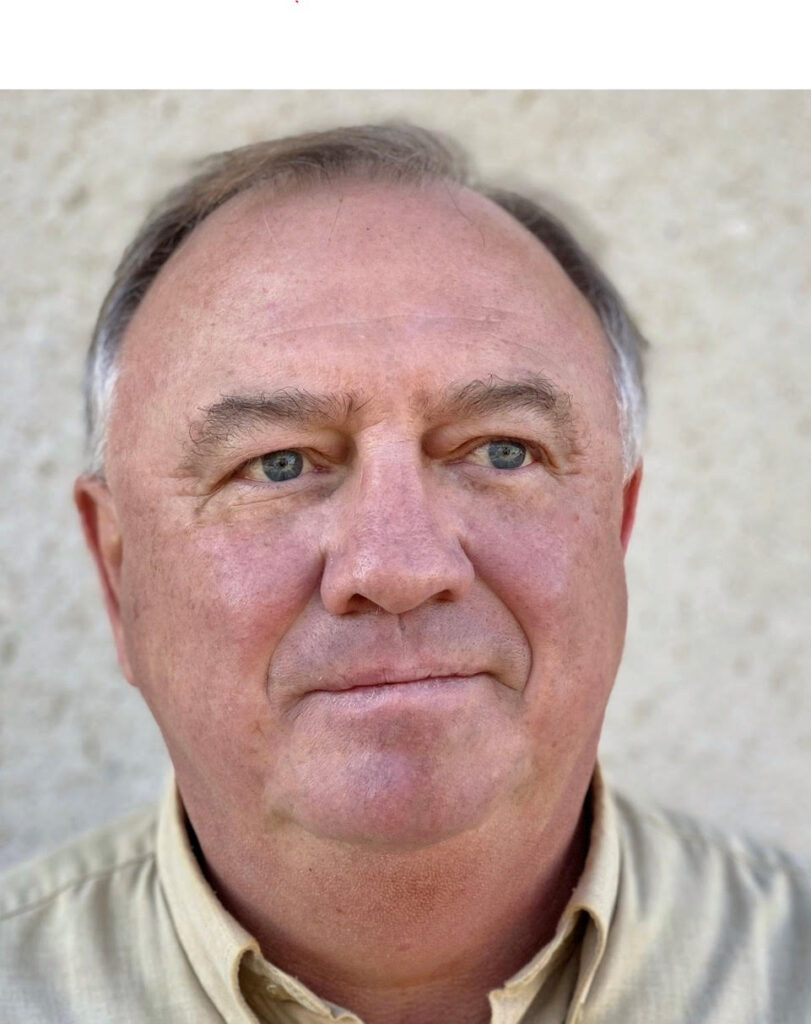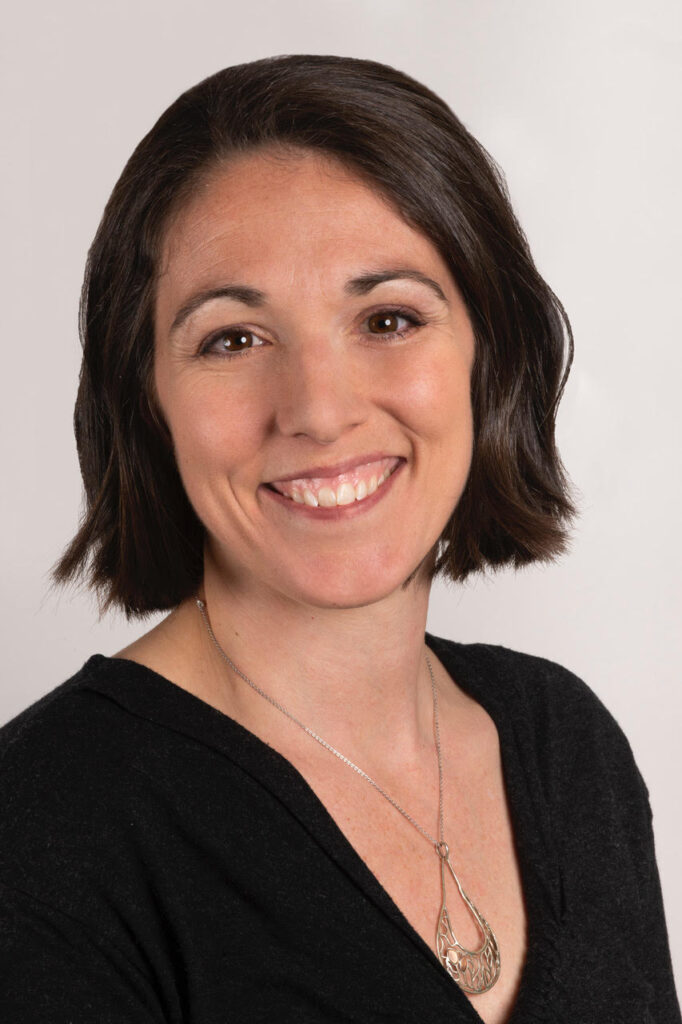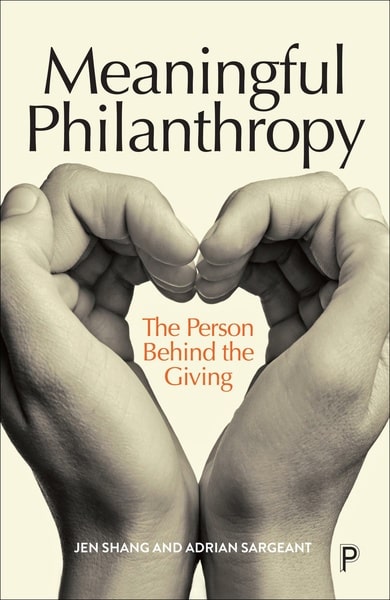Expanding into new markets: the why & how of informed fundraising investment decision making

Challenges in setting international strategy
In the 1990s and into the early 2000s, when the global geopolitical climate seemed, at least, to be calmer, many international nonprofit organisations saw an opportunity to invest in expanding their fundraising operations internationally, and especially in the exciting and economically growing BRIC and later BRICSAM countries (Brazil, Russia, India, China plus South Africa and Mexico). News stories at the time abounded with how these markets were opening up, economies growing, wealthier middle classes emerging and democratic and social spaces opening.
For organisations in the environmental, conservation, human rights and development nonprofit sectors, there can be a complex set of reasons for being present and embedded in these rapidly emerging economies. The BRIC countries are among the biggest polluters, creators of climate changing CO2 and have some of the worst human rights records and in many cases extreme problems of social justice and poverty. Being present in these countries as “legitimate” nonprofit
organisations, that are supported both financially and via advocacy by people within the country, helps enhance the progressive social justice voices seeking positive change.
Today, the mantra of “Localisation ” and shifting resource mobilisation to the Global South is driving some of this trend into new fundraising markets in Asia, Africa and Latin America.
A challenge for an international fundraising team looking to expand into “new” markets is getting the information necessary to make the right decisions on if and where to invest. Many look to compare readily available data sets such as GDP, GNI, GNP, population size, average/medium income, world economic ranking etc. etc. These datasets alone provide only limited insights into a market’s philanthropic or fundraising potential. The fact is that in our sector there is no one dataset that can determine the optimal approach to international expansion.
Evidence-based international strategy development
Instead, nonprofits need to base their international fundraising investment strategy on statistical evidence that comes from both internal and external sources. Whilst external benchmarking is most useful to think big about strategic shifts in strategy (e.g. increasing investment in one market or channel), internal statistical evidence is critical to successful implementation of any strategy.
“External” benchmarking is an important basis for robust strategic planning, while internal testing and timely results analysis is an absolutely essential way to ensure growth and solid return on investment in both current fundraising programmes and while testing and growing new fundraising markets.
“External” statistical evidence can come through benchmarking what peer organisations are doing and what their results are. Such benchmarking must involve both qualitative and quantitative inputs as either one alone will not provide accurate inputs. For instance, quantitative data shared across organisations have to be taken with caution and must involve qualitative insights to support data review. There are two main points of caution with using just a quantitative benchmark to avoid making mistaken conclusions from a data-based external benchmark:
First, there is a lot of ‘why’ behind any quantitative benchmark that needs to be understood. For example, just to see that a peer is growing doesn’t reflect on how successful their programme actually is or, to the point, how positive their return on investment is. And in the end what matters is the return they are getting from the growth achieved!
Secondly, it is important to be careful with benchmarks that are not robust in terms of inputs. A fairly recent survey by Daryl Upsall International showed a massive difference in what organisations include in cost per acquisition: while some included only direct costs, others included a range of indirect costs. In this way, a blind benchmark can be misleading or incorrect conclusions can be drawn if too much emphasis is put on data that is actually incomparable.
“Internal” statistical evidence is based on a culture of always-on testing, across channels and based on strong marketing technology to support analysis. This is absolutely critical to fundraising success in 2023 and will be for years to come. In a new market set-up, it will be critical to testing new messaging, new channels and establishing the appropriate strategy.
In order to get started on incorporating statistical evidence to support your fundraising a there are few first steps you will need to take, namely;
- For internal testing: implement and integrate appropriate marketing technology tools for your organisation. This will be a cross-department effort and no small undertaking to resource and get set up for strong testing and analytics, but it is essential in order to have the ability to monitor and adapt fundraising investments.
- For external benchmarking:
- Ensure that you know what the core questions are that you are trying to solve/answer, and identify the right peers that you want to learn from.
- Ask for both quantitative and qualitative feedback so that there is an understanding of both the results and the context of the data gathered.
- Ensure that there is a wide range of feedback, as it will take multiple inputs to get a view of trends and find the ‘diamond in the rough’ ideas to incorporate into your own programme.
A final key element: understanding market context
In addition, to the largely numerical analysis outlined above also understand the following:
- the country and the culture in which fundraising exists, including factors such as:
- the role of religion in philanthropy;
- the laws governing fundraising and even legal non-profit registration and governance;
- the ability to invest from overseas in fundraising; the all important banking and financial transactional processes;
- the size of the middle class with potential disposable income for making philanthropic gifts;
- the political/social environment and relevance of the issue you wish to raise funds for;
- other non-profit/religious/corporate players/quasi government players in your field;
- technology (e.g. internet/cell phone penetration); data protection laws and critically capacity to recruit and retain staff that either are professional fundraisers or can be trained to be.
We recommend that a PESTEL (Political, Economic, Social, Technological, Economic and Legal) analysis is undertaken to help benchmark/scorecard the market opportunities and challenges you would face if you choose to invest in fundraising in a specific market.
Who we are: Daryl Upsall International
Over the last 22 years Daryl Upsall International have researched over 80 countries for fundraising investment for INPOs and NPO clients and critical to being able to provide not only clear and actionable recommendations but also to enable us to make 1, 3 and 5 year expenditure and income projections based varying levels of fundraising investment and using the optimal fundraising mix across individual and/or leadership giving channels. It is fair to say that our most of the clients that have followed the steps outlined here are now bearing the fruits of fundraising success around the world.
Daryl Upsall FCIOF, President, Daryl Upsall International

Based in Madrid, Daryl has 38 years working with over 240 non-profits in 80 countries. Known for his leadership and innovation; for pioneering digital fundraising and as a co-creator of face to face fundraising during the 1990s when leading Greenpeace International fundraising.
Daryl is President of Daryl Upsall International a global consulting and recruitment agency serving the non-profit sector worldwide since 2001. He is co-owner of Spain’s leading telephone fundraising agency, The Fundraising Company SL; the face to face fundraising agency in several countries International Fundraising SL and the integrated social/media digital fundraising agency dgtl fundraising SL in Spain, Italy and Portugal.
Daryl has spoken at conferences in 34 countries and writes for the leading non-profit journals. He is a Fellow of the UK Chartered Institute of Fundraising and former Vice-Chair, the Association of Fundraising Professionals.
Emily Bracken, CEO Consulting, Daryl Upsall International

Emily is an experienced consultant and project director that over the last 20 years has worked in both the non-profit and private sectors specialized in fundraising and organisational strategy and growth. She is the Chief Executive Officer of the Consulting division, leading complex projects to help organisations evaluate their fundraising potential in new and current markets and design internal structures to support this growth.
She has worked across over 70 markets, a range of private fundraising channels and with both large international non-profits and smaller national organisations. She further supports clients in the critical step of learning what metrics to evaluate to better understand fundraising investments and analyse future potential.
Previous to joining the agency, her consulting experience at the international firms of Deloitte and Accenture involved supporting clients on business planning and feasibility studies for major international investments in infrastructure and other sectors. In the non-profit sector, she worked in fundraising at Ashoka: Innovators for the Public and on international expansion planning for local organisations in Venezuela, Kenya, and Uganda.


